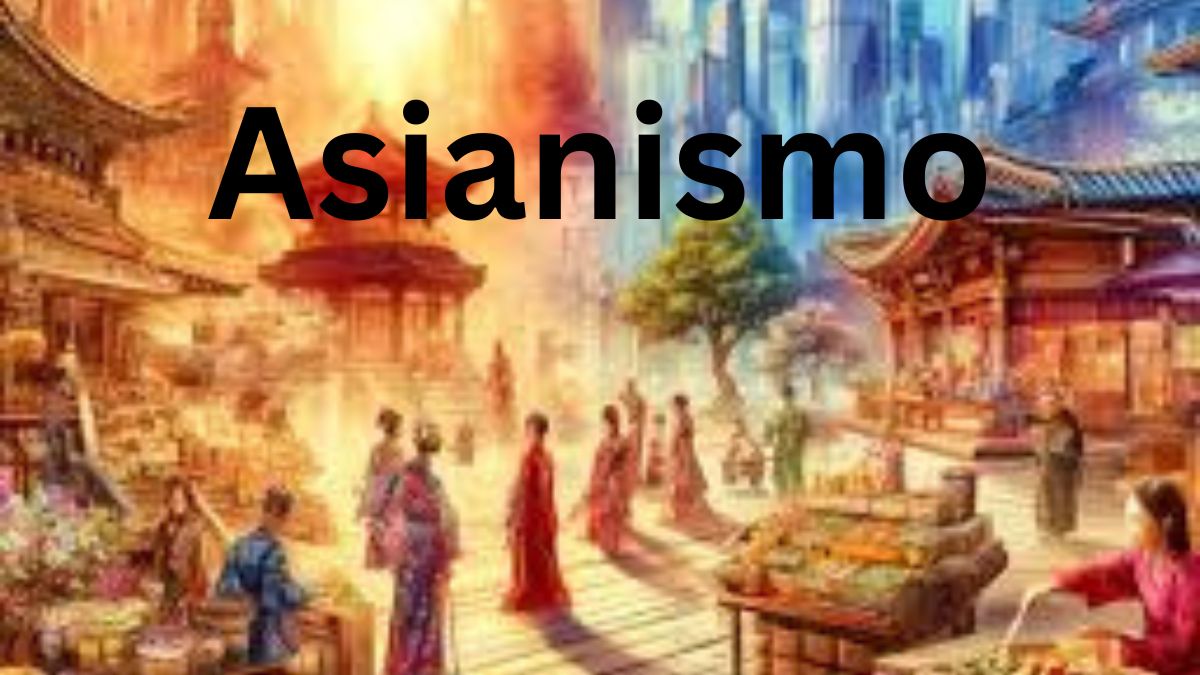Step into the enchanting world of Asianismo, where art and design intertwine with rich cultural heritage to create a truly mesmerizing aesthetic. Join us on a journey to explore the unique characteristics that define this distinctive style, from its origins rooted in history to its modern interpretations that continue to captivate audiences worldwide. Discover the beauty and diversity of Asianismo as we delve deeper into its key elements and influence in today’s artistic landscape.
The History and Origins of Asianismo
Asianismo, a fascinating artistic movement that originated in Asia, has a rich history steeped in culture and tradition. Dating back to ancient times, Asianismo was born out of a desire to celebrate the beauty and uniqueness of Asian art forms.
The roots of Asianismo can be traced back to various countries across Asia, each contributing its own distinct style and flair to this eclectic movement. From intricate Chinese brush paintings to elegant Japanese woodblock prints, Asianismo encompasses a wide range of artistic expressions.
Over the centuries, Asianismo has evolved and adapted to reflect changing societal norms and cultural influences. Artists have drawn inspiration from nature, mythology, and spirituality to create stunning works that capture the essence of Asia’s diverse heritage.
As we delve deeper into the history and origins of Asianismo, we uncover a tapestry of creativity and innovation that continues to inspire artists around the world today.
Key Elements of Asianismo Art and Design
Asianismo art and design are characterized by their intricate details, harmonious balance, and rich cultural symbolism. The key elements that define Asianismo include a deep appreciation for nature, a focus on simplicity and elegance, and the use of symbolism to convey deeper meaning.
In Asianismo art, you will often find motifs inspired by natural elements such as flowers, birds, and landscapes. These elements are meticulously crafted to reflect the beauty of the natural world and evoke a sense of tranquility.
Moreover, symmetry plays a significant role in Asianismo design, with careful attention given to creating balanced compositions that exude grace and harmony. This emphasis on balance extends beyond just visual aesthetics; it also reflects a philosophical view that seeks equilibrium in all aspects of life.
Symbolism is another crucial aspect of Asianismo art and design. Colors hold symbolic meanings, with red representing good fortune and happiness while white symbolizes purity or mourning depending on the context. Symbols like dragons or lotus flowers carry profound cultural significance rooted in ancient myths and beliefs.
By incorporating these key elements into their creations, artists practicing Asianismo are able to capture the essence of Asia’s diverse cultures while expressing timeless beauty through their unique artistic vision.
The Influence of Nature in Asianismo
Asianismo art and design draws inspiration from the intricate beauty of nature, capturing its essence in every brushstroke and pattern. The influence of nature is evident in the organic shapes, flowing lines, and harmonious compositions that define Asianismo.
From delicate cherry blossoms to majestic mountains, each element reflects a deep connection to the natural world. Colors are chosen with care to reflect the changing seasons and moods of nature – vibrant reds for autumn leaves or serene blues for tranquil waters.
Symbolism plays a significant role in representing various aspects of nature, such as longevity, prosperity, or resilience. Animals like dragons or phoenixes often symbolize power and rebirth in Asianismo artwork.
By integrating the beauty of nature into their creations, artists evoke a sense of tranquility, balance, and interconnectedness with the world around us. The influence of nature in Asianismo goes beyond mere aesthetics; it embodies a profound respect for our environment and its ever-changing rhythms.
Use of Color and Symbolism in Asianismo
Asianismo art and design beautifully intertwine the use of color and symbolism to convey deeper meanings and evoke emotional responses. Colors play a crucial role in Asianismo, with each hue holding significant symbolic value. Red symbolizes luck, joy, and happiness, while gold represents wealth and prosperity. Blue is often associated with tranquility and peace, while white signifies purity and simplicity.
Symbolism in Asianismo goes beyond mere aesthetics; it carries cultural significance rooted in traditions passed down through generations. From intricate patterns to meaningful motifs like dragons or lotus flowers, every element tells a story rich in history and meaning. These symbols are not just decorative elements but hold profound spiritual or philosophical implications that add layers of depth to the artwork.
By incorporating vibrant colors and powerful symbolism, Asianismo artists create visually stunning pieces that resonate on a profound level with viewers worldwide. The beauty of Asianismo lies not only in its aesthetic appeal but also in its ability to spark curiosity, provoke thought, and evoke emotions through the language of color and symbolism.
Modern Interpretations and Applications of Asianismo
Modern interpretations and applications of Asianismo art and design have seen a resurgence in recent years, blending traditional elements with contemporary aesthetics. Artists and designers are reimagining Asianismo through innovative techniques, creating unique pieces that reflect the beauty of Asian culture.
In the realm of fashion, Asianismo influences can be seen on runways worldwide, with designers incorporating traditional motifs like cherry blossoms or bamboo patterns into modern clothing collections. This fusion of old and new creates a captivating visual experience for fashion enthusiasts.
In interior design, the principles of Asianismo are being embraced to create serene and harmonious living spaces. From minimalist Zen-inspired decor to intricate Chinese-inspired furniture, the influence of Asia is evident in creating tranquil environments that promote peace and balance.
The digital realm has also been touched by Asianismo. With graphic designers infusing websites and branding materials with Eastern symbolism and color schemes. By blending traditional art forms with cutting-edge technology, these creations offer a fresh perspective on digital aesthetics.
Conclusion: Embracing the Beauty and Diversity of Asianismo
In exploring Asianismo, we uncover a rich tapestry of art and design that celebrates the beauty and diversity of Asian culture. From its origins rooted in history to its modern interpretations today, Asianismo continues to captivate with its unique characteristics.
The influence of nature, intricate use of color and symbolism. And the seamless blend of tradition with contemporary elements all contribute to the allure of Asianismo. It serves as a reminder to embrace different perspectives, appreciate cultural nuances, and find inspiration in the world around us.
By delving into the essence of Asianismo, we not only gain a deeper understanding of artistic expression but also cultivate an appreciation for the interconnectedness between nature and creativity. Let us continue to celebrate the beauty and diversity that Asianismo offers, honoring its legacy while embracing new interpretations for generations to come.










